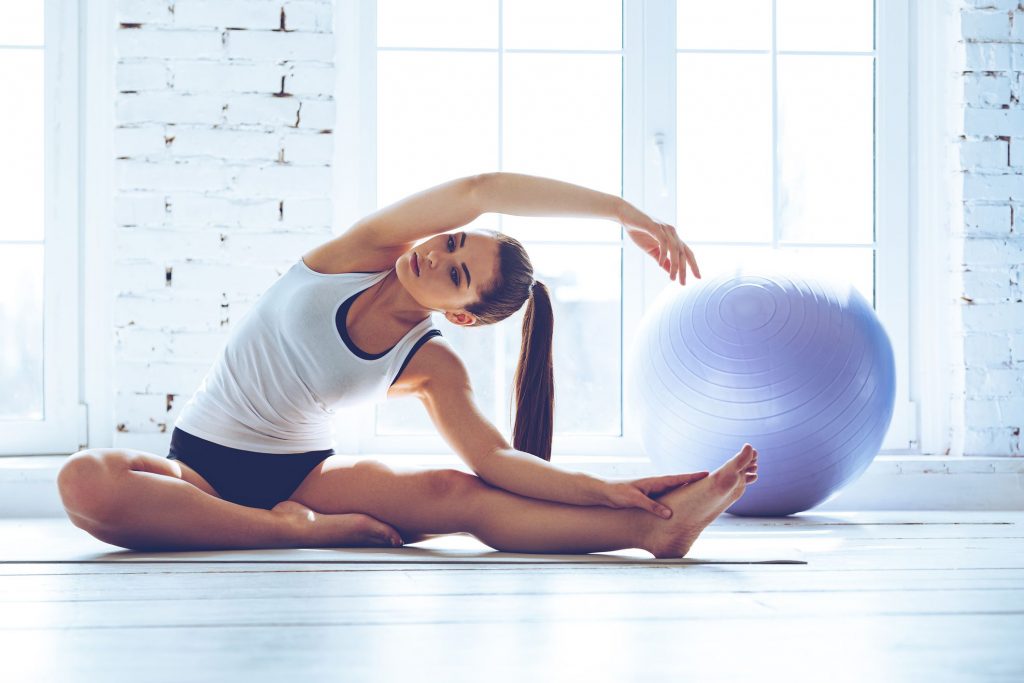It is common knowledge that stretching is an essential part of exercising. It might be tempting to skip it, but it might cause an accident and cause you lots of headaches. Stretching is a collection of exercises and it’s a fairly broad term. There is no specific definition on which exercises constitute stretching.
The best thing would be to describe stretching as a bunch of exercises that relax and elongate tense muscle groups in your body. If you stretch before making any sharp movements, you can significantly reduce the chances of accidental injury. Actually, hurting yourself due to not stretching is considered one of the amateur mistakes in bodybuilding.
Why should you stretch?
The main purpose of stretching before you start to exercise is to explore the range of motion for each of your muscles. It is a way to tell your body to get started for a much more serious exercise that is about to come. Stretching can actually change the size and consistency of muscle fibers. It directs blood flow to these areas, which are going to be stressed during a workout. Rushing into it might mean that you put too much pressure on certain muscles without preparing them.
If you’re injured due to lack of stretching, you might not be able to work out anymore. In this case, it’s a good idea to go to Woo Casino Login. It’s a great place where anyone can find something to pass the time. In a few weeks or few months, you should be able to get back to normal and start working out again.
Stretching for healing
Some athletes use stretching as a means to recover a muscle that is already injured. Lots of studies have found that stretching exercises are much more effective than a massage or other types of clinical treatments. However, this depends on the part of the body that is injured and severity of the injury. It has been found that lower back injuries and foot injuries heal particularly well with stretching exercises.
Different types of stretching

There are many different types of stretching, each with their own advantages and disadvantages. Two of the most common are dynamic and static stretching exercises. The former involves a lot of movements to get the blood flowing and get the body prepared for the exercise. Static stretching, on the other hand, involves stationary exercises. This includes activities like planking. Combination of dynamic and static stretching is probably the best approach.
There are also other types of stretching. For example, during ballistic stretching exercises you need to make quick movements to achieve the goal and go past the limits of your body. Some people consider this type to be a sub-type of static stretching.
There is also passive stretching. In this process, you use additional tools like a resistance band to put additional pressure on your body. Some studies have found that passive stretching exercises can help you improve your blood flow. This helps you avoid heart disease and diabetes. There is also PNF stretching, but unfortunately I am not informed about it. Isometric stretching relies on isometric movements to activate your muscles.
